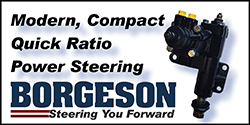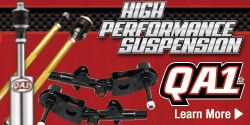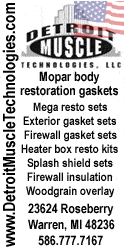When I measured for oil clearance, the Plastigage was slightly wider than the .002 marks so I wrote down .00175. It may not be quite that tight. MY 440/495 in my Charger has mains that tight. I've had the engine out 3 times and changed the bearings each time and measured the same amount each time. That engine has never had a bearing issue, I've only changed them as a precaution.What did you do about the bearing clearance on the thrust main? That’s way too tight.
FYI take the advice everyone is giving you. Gap the rings wider than normal with those pistons.
If you meant the fore/aft thrust clearance, I thought the spec was between .004 to .008. Am I wrong on that? Mine was .004 on the right side of the bearing cap but .005, maybe .0055 on the other side.
















